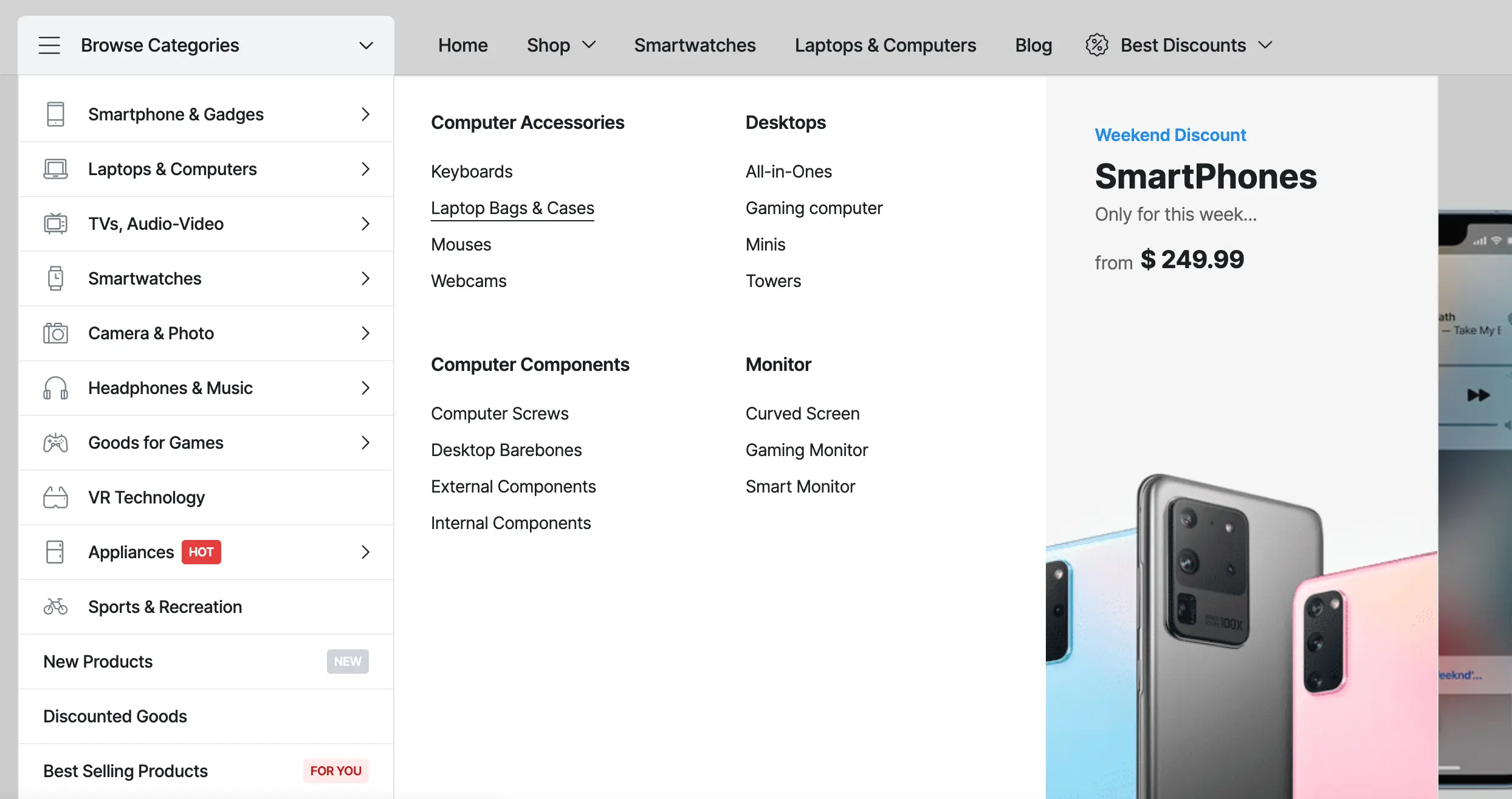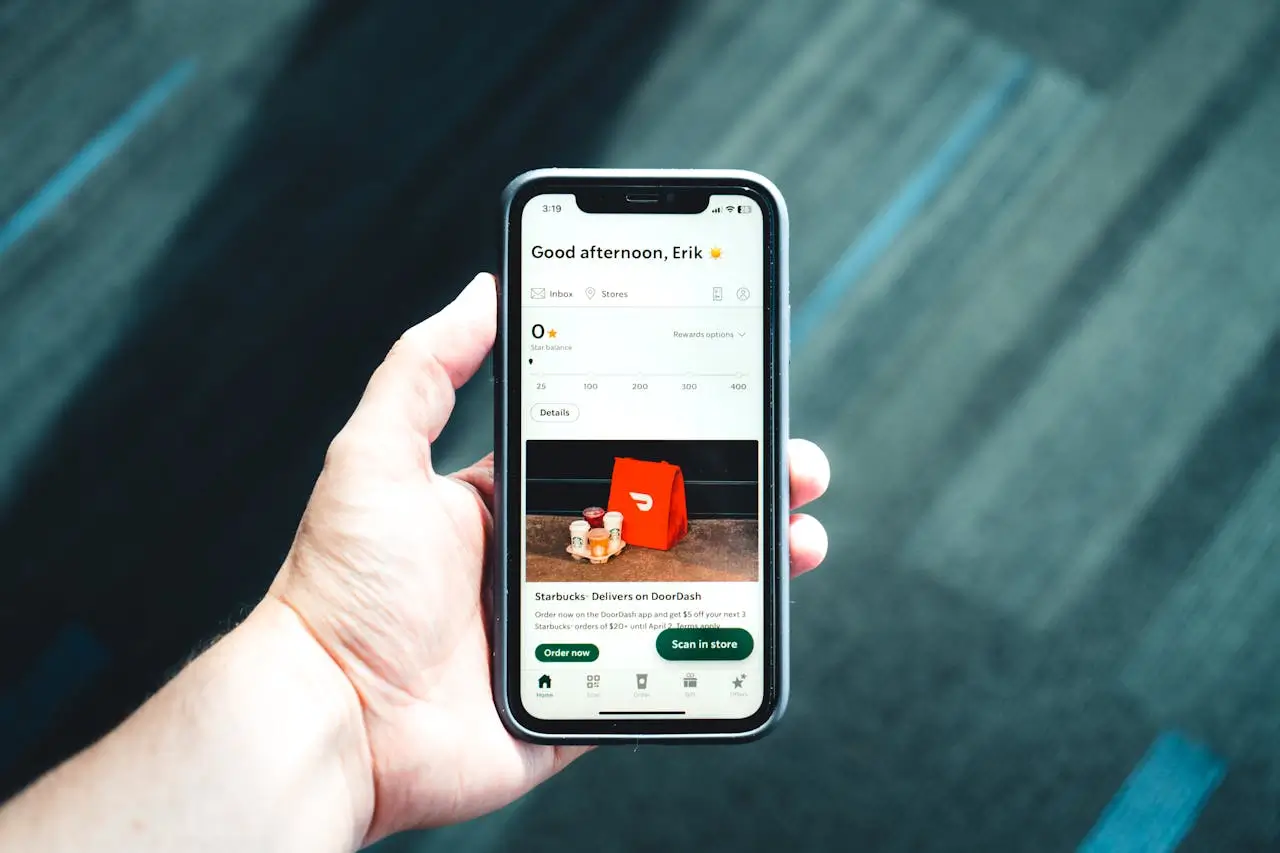How to create an online shopping app from scratch
With the emergence and all-pervading popularity of e-commerce, businesses across all sizes and niches are looking for ways to tap into online market opportunities. They find online shopping apps a great way to connect with smartphone-flaunting customers.
For developing an online shopping app from scratch, you need to know the detailed steps to ensure you don’t waste money on course corrections. Here we explain these steps for app creators near me who want to develop the online footprint of your store from scratch.
Set the app objectives and critical requirements.
The first step in creating an online shopping app is to define your goals and objectives. What do you want to achieve with your app? Is it to increase sales, expand your customer base, or provide a better shopping experience for your customers? Knowing what you want to achieve with your app will help you focus your efforts and ensure you build an app that meets your needs.
- Identify what you want to achieve with your app, such as increasing sales or expanding your customer base
- Determine the main features you want to include in your app
- Set a timeline for the development process
- Determine a budget for the project
Know the target online shoppers.
The next step is to identify your target audience. Who are your potential customers, and what are their shopping preferences? Understanding your target audience will help you design an app that meets their needs and preferences. This step involves doing market research, analyzing customer data, and identifying the characteristics of your ideal customer.
- Conduct market research to identify the potential online shoppers for your e-commerce app
- Analyze customer data to determine their shopping preferences and behavior.
- Create user personas to understand your target audience better
- Identify the characteristics of your ideal customer
Select the OS platform for your shopping app.
Once you have defined your goals and identified your target audience, it’s time to choose the platform for your app. Many options are available, including iOS, Android, and web-based platforms. Consider the preferences of your target audience when making this decision.
Plan for an MVP first.
Developing an MVP for your shopping app can be a smart way to test the waters without committing significant resources to a full-scale development project. The MVP development approach also lets you iterate and improve your app based on customer feedback and usage data.
- Consider developing a Minimum Viable Product (MVP) to test the viability of your app with a smaller investment
- Identify the essential features that are necessary to launch the app and prioritize their development
- Focus on building a core set of features that solve your customers’ pain points and add value to their shopping experience
- Use customer feedback and analytics to refine and add new features over time.
Ensure an engaging mobile shopping experience.
The user interface (UI) is the most important aspect of your app. It’s what your customers will see and interact with, so it needs to be visually appealing, easy to navigate, and functional. You can either design the UI yourself or hire a professional designer. Ensure to include all the necessary features, such as product categories, search functionality, and payment options.
- Develop wireframes and mockups to visualize the e-commerce interface
- Choose a design style that matches your brand identity and target audience
- Test your design with potential customers to get feedback on its usability
Choose between custom development vs. app builder.
Now it’s time to start developing your app. You can either build it from scratch or use a pre-built app builder. If you are building it from scratch, you will need to hire developers and designers. If you are using an app builder, you can use a drag-and-drop interface to design your app. You will need to write the code for the app and integrate any necessary APIs, such as payment gateways.
- Decide whether to build your app from scratch or use a pre-configured app builder
- Hire developers and designers if building from scratch, or use a drag-and-drop interface with an app builder
- Write the code for the app and integrate necessary APIs, such as payment gateways
- Test your app thoroughly to ensure it is bug-free and user-friendly
Rigorous testing is a must
Once your app is developed, it’s time to test it. Test it thoroughly to ensure that it is bug-free and user-friendly. You can also ask your target audience to test it and provide feedback. Once you are confident that your app is ready, it’s time to launch it.
Make a meticulous marketing plan.
Marketing is an essential aspect of launching an online shopping app. You can use social media, email, and influencer marketing to promote your app. Target your marketing efforts toward your target audience to maximize your results.
- Develop a marketing strategy that targets your ideal customers
- Use social media, email marketing, and other digital marketing tactics to promote your app
- Consider influencer marketing to reach a wider audience
- Continuously analyze and adjust your marketing efforts to maximize results
Keep budget and plan ready for maintenance and updates.
After launching your app, it’s essential to maintain and update it regularly. This includes fixing bugs, updating the UI, and adding new features. Your app should constantly evolve to meet your customers’ changing needs.
- Monitor the app’s performance to identify any bugs or issues
- Continuously update and improve the user interface based on user feedback
- Add new features to keep up with changing customer needs and preferences
- Ensure the app is always up-to-date with the latest security measures and technical requirements.
Summing It Up
When building an online shopping app from the ground up, always rely on meticulous planning. All the steps above are time-tested through a bounty of successful ecommerce app projects. So, instead of reinventing the wheel, stick to these basics, and the rest will follow.
Related Articles
If you enjoyed reading this, then please explore our other articles below:
More Articles
If you enjoyed reading this, then please explore our other articles below:

















 2019-2025 ©
2019-2025 ©